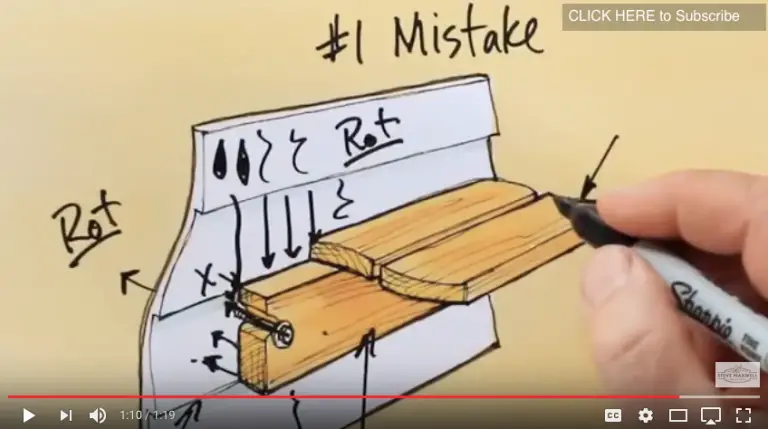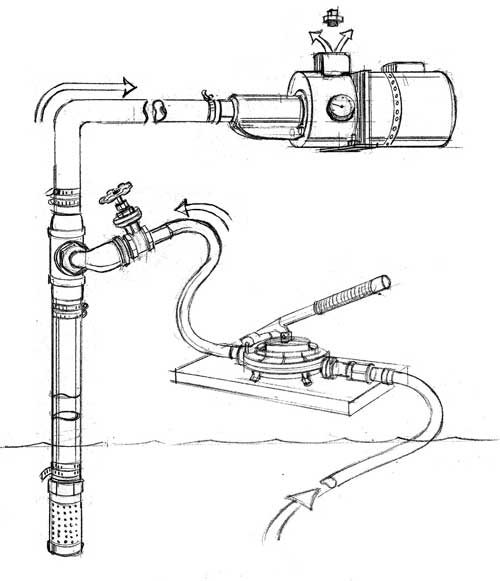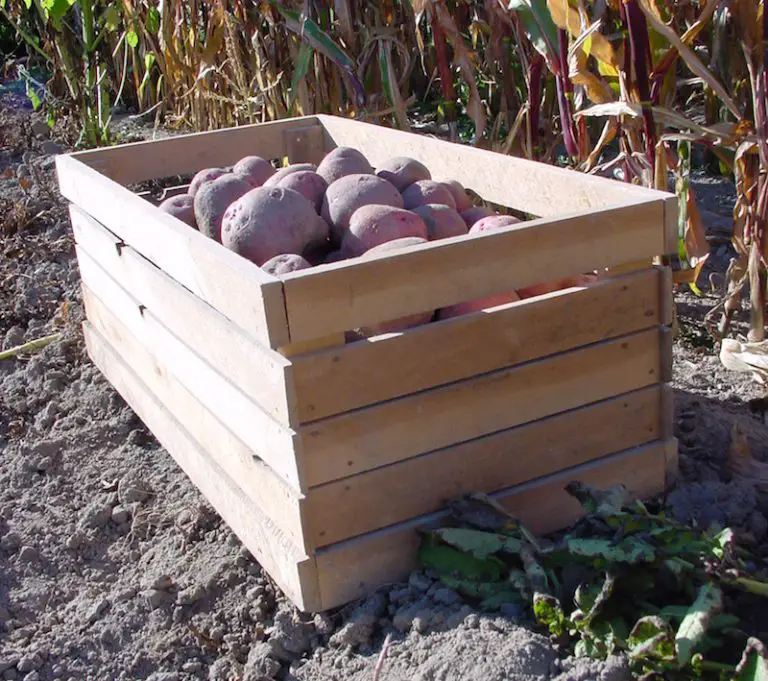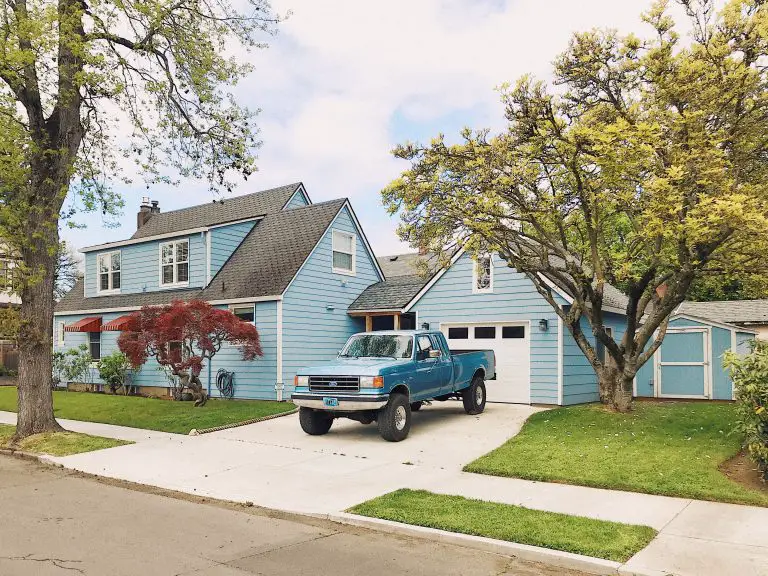What’s the best way to insulate a 1906 farmhouse? My plan is to strip the interior, increase the depth of the existing 2×4 wall studs to 2×7, then install batt insulation in the deepened wall cavities after rewiring. What do you think?
I think your plan is terrific, but I’d suggest a slightly different approach when it comes to insulating your walls. If this were my place, I wouldn’t use batt insulation. Spray foam is much more effective, and there are two specific reasons why this is especially important in your case. First of all, spray foam offers a much better real world insulating value than batts, even when the R-values are similar on paper. Air and filtration is the reason. The rated insulating values stamped on bales of batt insulation come from laboratory analysis where no draft or air movement exist. Effective R-value will drop tremendously in your case because of drafts. This isn’t an issue for spray foam because air is unable to pass through it. The second reason I’d recommend spray foam for your project is the inevitably leaky nature of the outer envelope of your walls. Old houses like the one you’re working on allow tremendous amounts of outdoor air to enter wall cavities. That’s because builders had no access to sheet materials and building wraps that are common today. Besides offering outstanding insulation value, spray foam seals every crack and cranny. I expect your home will use half as much energy if spray foam is used for the renovation as opposed to batts. You’ll notice less drafts, too. The drawback is that spray foam is considerably more expensive, but with rising energy costs it won’t take long to recoup the added investment.












